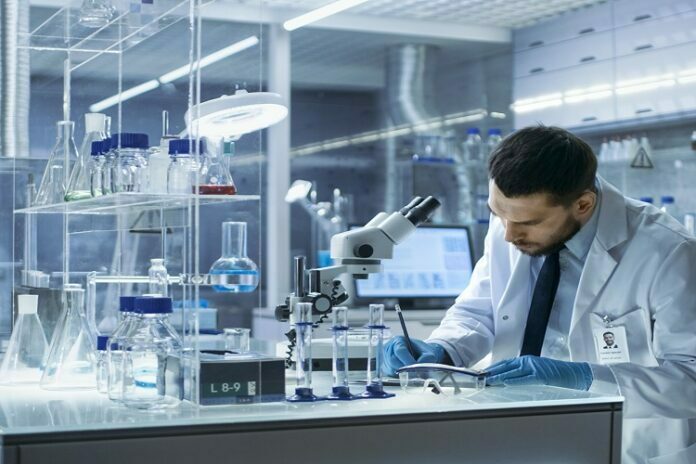States that allow the consumption of medical cannabis generally require both growers and processors to submit samples of their products for independent testing. The testing is designed to reveal, among other things, the constituents of a given product to ensure that it is properly labeled prior to retail sale. But just how accurate are lab tests?
The accuracy of third-party lab testing has been called into question by a Utah company that recently began advertising cannabis flower boasting more than 45% THC by volume. If that number means nothing to you, consider that science places the natural limit of THC in any given plant at somewhere between 34% and 37%. A 45% reading is absolutely off the charts.
The company behind the 45% flower was challenged by patient advocates in Utah. It agreed to submit a second sample which came back at just 21.7% THC. That is a significant discrepancy. The original result was more than twice the second result. How could that be?
Table of Contents
1. State vs. Third-Party Testing
In Utah’s case, the original plan was to have all medical cannabis products tested by the Utah Department of Agriculture and Food (UDAF). Regulators had to switch gears when it was apparent that the UDAF did not have the resources to turn samples around quickly enough. A third-party lab was brought in on a contract basis.
Utilizing third-party testing is not confined to Utah. Third-party testing takes place all over the country. However, that is not necessarily a bad thing. Third-party labs are not inherently worse than state-run labs. They are not automatically less reliable because they are private enterprises.
State-run labs are just as capable of producing erroneous reports. Accuracy is not only a result of who runs a lab. It is also a result of the processes used and how those processes are safeguarded against mistakes, manipulation, and so forth. All of this is to say that inaccurate test results are not necessarily done away with by sending testing back to state-run labs.
2. Patients Need to Trust Manufacturers
The Utah case is at least mildly alarming, if not surprising. A lack of standard testing policies and safeguards opens the door to this sort of thing. Unfortunately, inaccurate lab results are not good for either manufacturers or medical cannabis patients. Patients are at a particular disadvantage inasmuch as they need to be able to trust the manufacturers from whom they purchase.
When a patient goes into Deseret Wellness in Provo, UT, they want to know that any purchased products are true to their labels. If cannabis flower is labeled at 20% THC, the patient relies on that number to determine dosage and frequency. If the number is wrong, the patient suffers.
Reading a story about a super potent marijuana flower with 45% THC could easily induce consumers to purchase that flower instead of one with a lower THC content. But upon learning that the potent flower is really closer to 21% THC, the patient’s trust is eroded. That is not good.
3. A Long Way to Go
Public knowledge of inaccurate lab tests is a reminder that medical cannabis still has a long way to go. Right now, lab testing focuses primarily on THC levels and product purity. At some point, we have to start testing the actual effects of cannabis as a medicine, the same way other pharmaceuticals are tested.
Until that happens, there will be ongoing questions that cannabis dispensaries and patient advocates cannot answer. Each question represents a potential reason for patients to distrust the industry. Like it or not, that’s reality.







